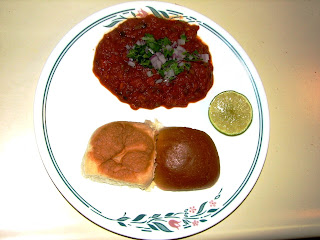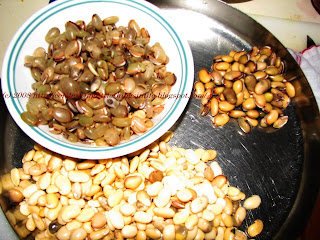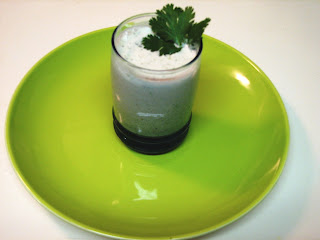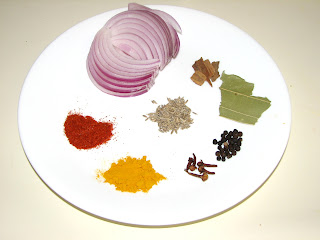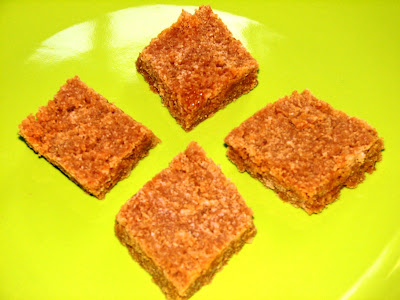
My Wish for You in 2010
May peace break into your home and may thieves come to steal your debts.
May the pockets of your jeans become a magnet for $100 bills.
May love stick to your face like Vaseline and may laughter assault your lips!
May happiness slap you across the face and may your tears be that of joy
May the problems you had, forget your home address!
In simple words ............
May 2010 be the best year of your life!!!

Coriander Chutney:
Ingredients
4 peas size ginger root
6-7 lasun or garlic cloves
1/2 cup grated coconut
2 handful coriander leaves (more the better!)
4 pea size piece of tamarind
1 teaspoon jeera
1-2 green chilies or as per taste
1 teaspoon sugar
salt for taste
Method
The above ingredients may be altered to suit one's taste buds ! Grind all the ingredients into a fine & thick paste with very little water.
For the Sandwich:
Take two slices of sandwich bread. Apple butter on one side of the bread slices. Apply chutney on one slice and arrange sliced of tomato, cucumber and potato slices(optional) on the bread.

Place the other slice of bread on the first slice and cut the sandwich into two triangles. Serve immediately to avoid getting soggy.





